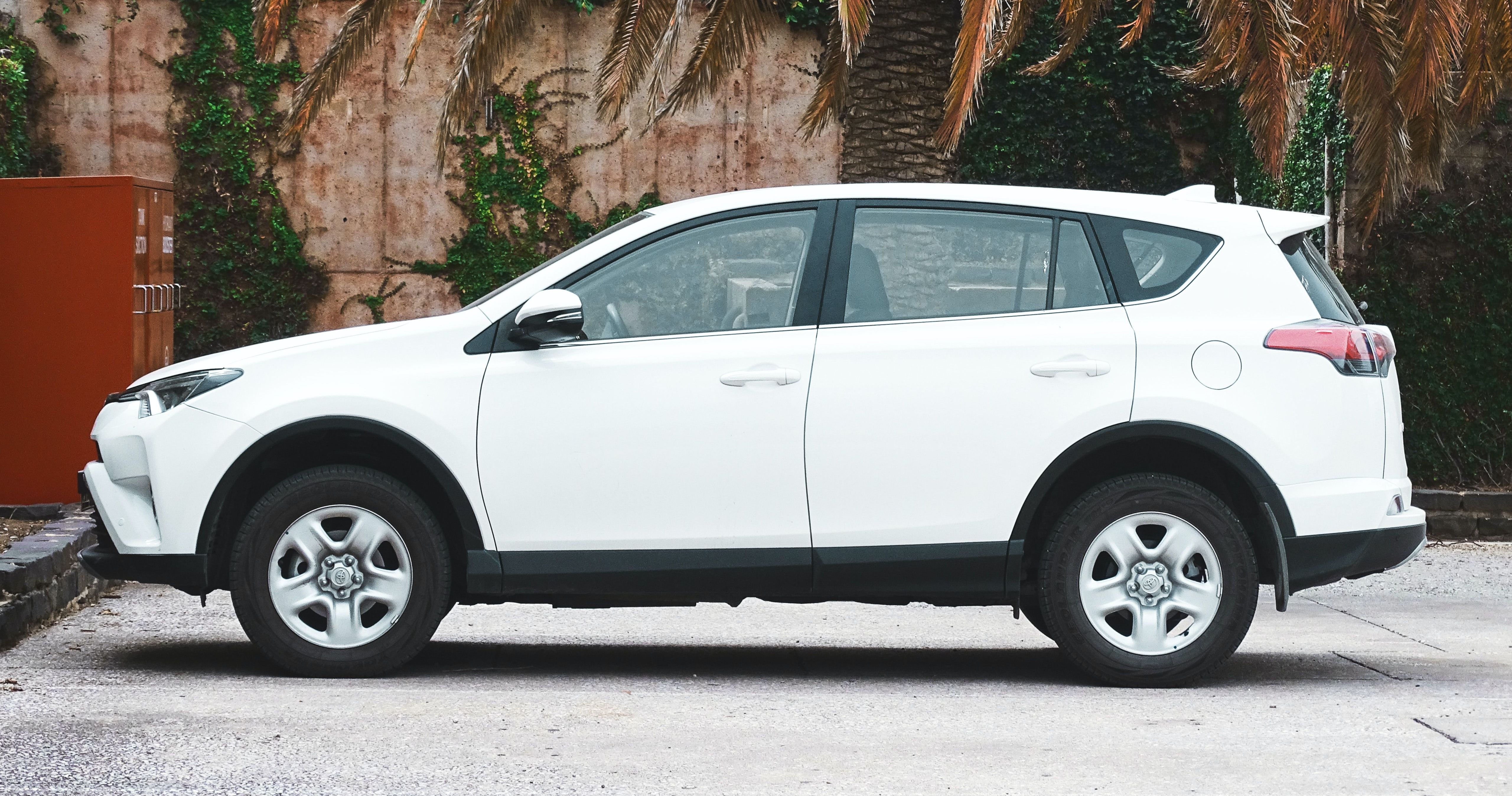Cars have evolved a lot over the years and so have the expectations of the buyers. Cars today have become more than just mere machines for commuting from point A to point B. Consumers expect much more from their cars than just pumping out healthy horsepower and performance numbers. Buyers have shown an affinity towards cars that come loaded with tech features and that just tells that the cars in the future would be more about the tech features that they come with than just driving experience, practicality, and creature comfort.
High-tech propulsion systems.
While there still exists a market for purists and enthusiasts who crave those large gas-guzzling engines and grumpy exhaust notes, there also is a large pool of people who are enthusiastic about new-age hybrid and electric cars. To lure them automakers have ramped up their hybrid and EV lineup and even bread and butter cars like the 2021 Honda Accord and the CR-V and the 2021 Toyota Highlander and the 2021 Toyota RAV4 are offered with hybrid electric powertrains. Even mainstream luxury brands like Mercedes-Benz and Audi too look to expand their electric and hybrid line-up.
Automakers have already put a step ahead with hydrogen fuel cell cars. The Honda Clarity, the Toyota Mirai, and the Hyundai Nexo are a few of the hydrogen power fuel-cell cars in the market that spit out H2O from the tailpipe. Fuel cell cars haven’t gone mainstream though like BEVs but the technology does seem promising.
While purists might crib about electric cars not being fun enough to drive, there are cars like the Tesla Model S that boasts a whopping 1020 horsepower and a 0-60 time of 1.99 seconds. Moreover, with a rapid expansion in the charging station infrastructure and battery technology, BEVs of this time and age charge faster and deliver more range than they used to do a couple of years ago. Plus, you end up cutting on tailpipe emissions and just do your bit in making this planet a cleaner and greener place. Technologically advanced powertrains have got so much more to offer than combustion engine-powered cars and you certainly should consider buying an EV if you have plans of getting a new car anytime soon.
Infotainment.
As if your screen time at your workplace and on your phone wasn’t enough, you now have large screens in your car as well. Gone are the days when cars had physical buttons and knobs and dials to adjust different settings in the car and there almost seems like some kind of competition between automakers on offers the larger infotainment screen in the car. For example, the Tesla Model S and the Model X both come with a massive 17-inch touch screen infotainment display. That screen is larger than an average-sized laptop! The screen houses all the controls and the settings of the car and you can literally control anything and everything in the car via that screen.
While features like Apple Carplay and Android Auto are pretty common these days, automakers seem to be in continuous quest of developing a more intuitive infotainment system. A car’s infotainment system has become its USP. Cars also come equipped with a superb audio system that delivers audio quality better than some high-end home theatre systems. Take the example of the Mercedes-Benz S-Class; the luxury sedan comes with a 590 watt, 15-speaker Burmester surround sound which hands down is one of the best in the business. Features like individual entertainment screens for the rear passengers, gaming console connectivity, and video streaming are also pretty common in high-end luxury cars like the S-Class.
Safety and driver assistance tech.
There’s a lot been going on around with the safety features in cars and automakers have developed some advanced safety tech to make the whole driving experience safer. Volvo was the first automaker to introduce the automatic emergency braking system in the XC60 back in 2010 and the system would stop the car automatically if an object, car, or person comes in the car’s path. The automatic emergency braking system is a life-saving feature that Volvo developed and it is all set to become mandatory in all cars by 2022. Volvo also has limited the top speed of its cars to 112 mph to eliminate speeding which actually is a good move considering road safety.
Safety tech hasn’t really been a USP for cars but it’s a good thing that automakers are stepping up and offering more and more safety features. Stuff like blind-spot monitoring, lane keep assist, forward collision warning, cross-traffic alert, hill climb assist, and many other features come standard even with entry-level cars now and it has just helped in making our roads that much safer.
Moreover, there are quite a few cars in the market that come with autonomous driving systems. All Tesla cars come with AutoPilot self-driving system and Tesla can be hailed as the pioneer of self-driving technology. Cars like Mercedes S-Class, BMW X7, Volvo XC60, Subaru Outback, Nissan Rogue, and a few others come with self-driving tech, all with different levels of autonomy.
Convenience and creature comfort tech.
Well, the list of creature comfort features that cars offer is just endless. Right from opening and shutting doors automatically to massaging your back to having a starry sky headliner, there’s so much that cars offer in this area.
Rolls-Royce offers an optional feature called ‘starlight headlining’ which basically transforms the roof of the car into an illusion of a star-filled night sky. The headlining uses about 800-1600 tiny fiber optic lights and they can be aligned to the constellation of stars that was there on the day and time you were born which is absolutely crazy. This perhaps is the most extravagant tech feature in any car you’ll come across.
Tech features to watch out for in the future.
Along with electrification and alternative fuel technology, V2X technology is going to transform the way we drive. V2X tech is basically a vehicular communication system where the car communicates with all the entities around it that can affect it. V2X consists of V2V (vehicle to vehicle), V2P (vehicle to pedestrian), V2I (vehicle to infrastructure), V2N (vehicle to network), and V2G (vehicle to grid) communication platforms and the car autonomously communicates as and when required with these entities. V2X tech is being developed for enhancing road safety and traffic. An added benefit of this tech is energy saving as the car will just know and understand how to optimize all the juice that it has.
Primary applications of V2X technology can already be found in cars that come equipped with forward collision warning, lane change assist, an emergency vehicle approaching warning, and intersection movement warning. These are just a few elementary applications that have made their way into cars and these systems are on their way to becoming more advanced. V2X tech is just going to make car driving safer, easier, and comfier than it ever was.

